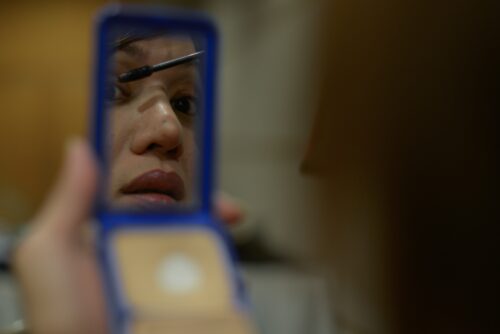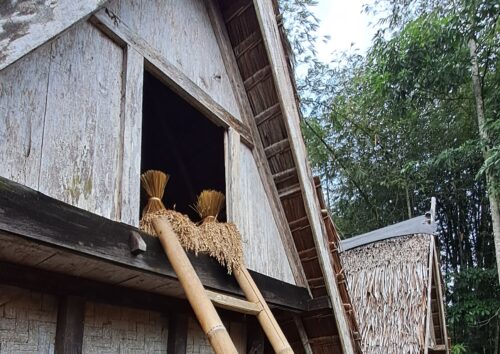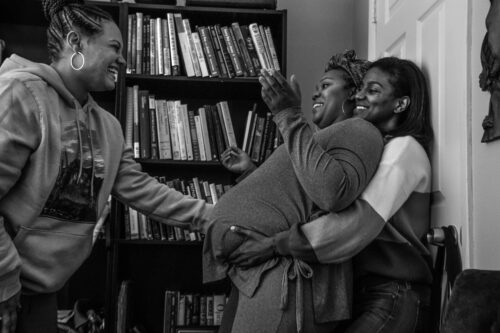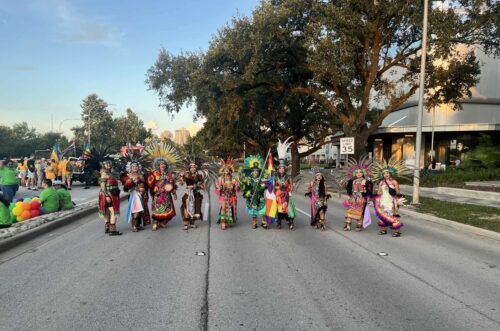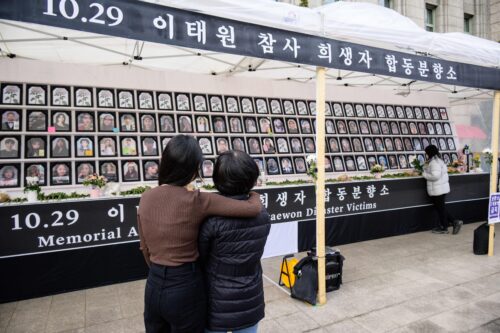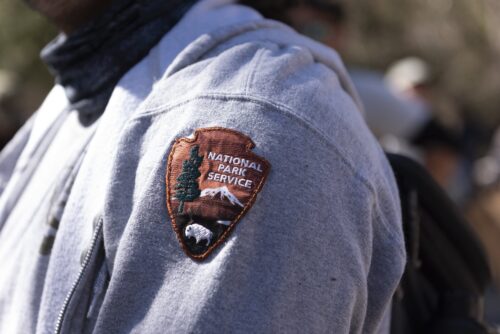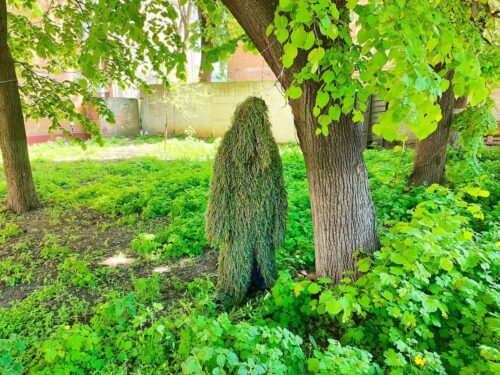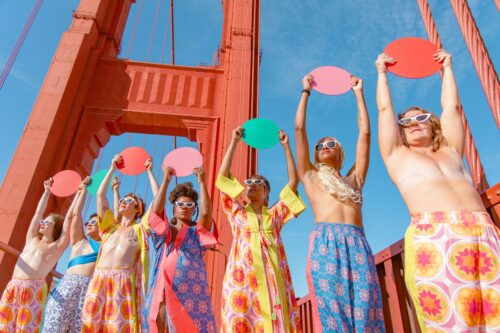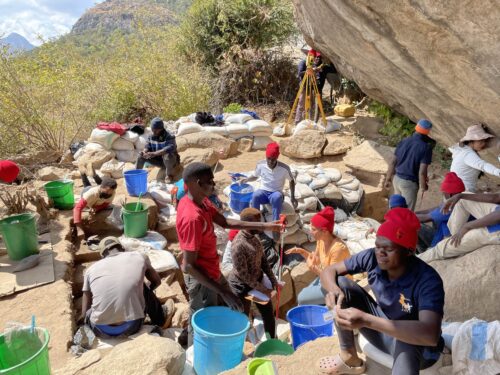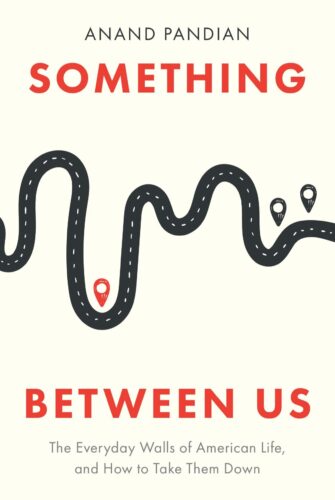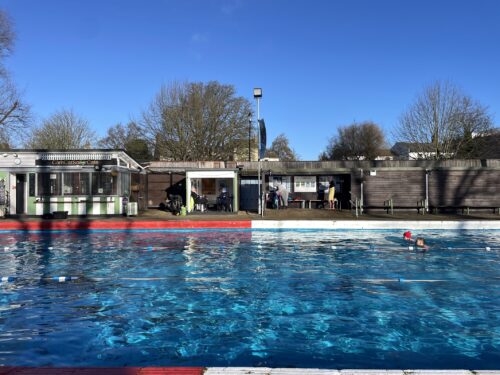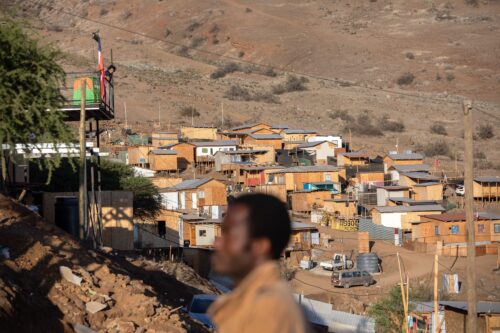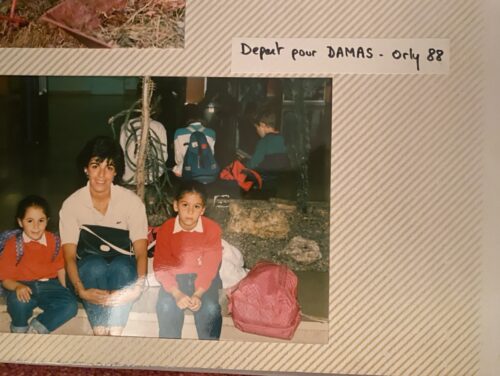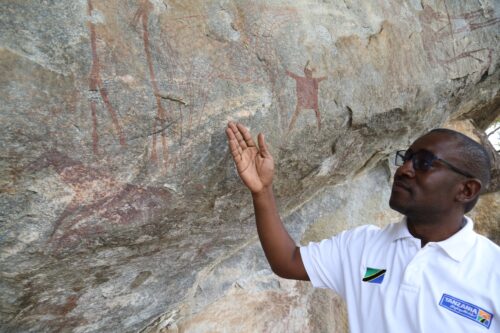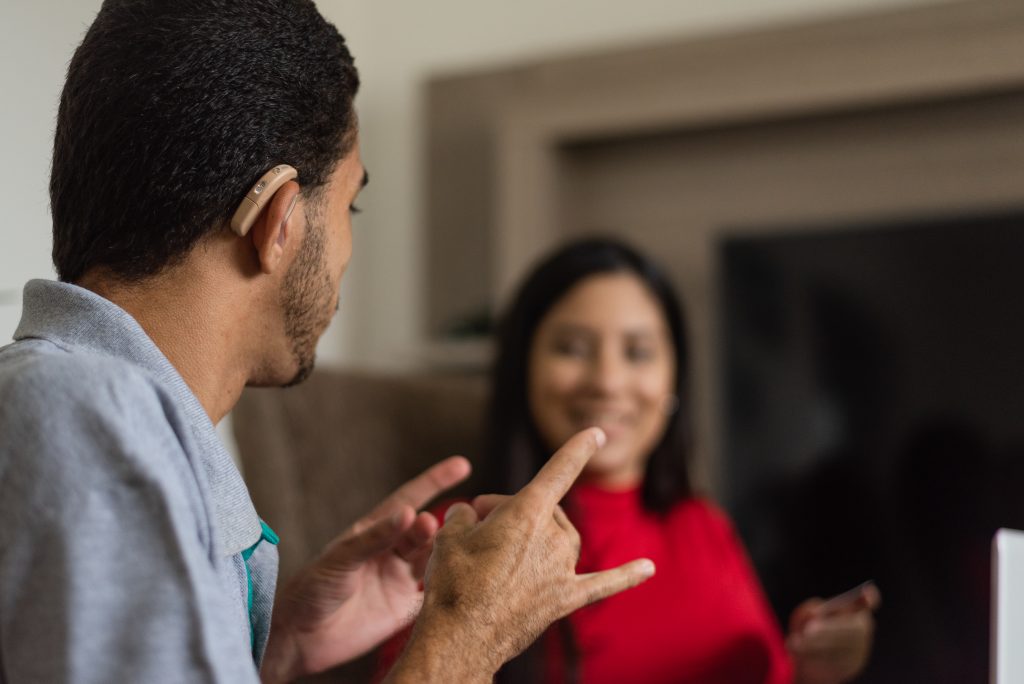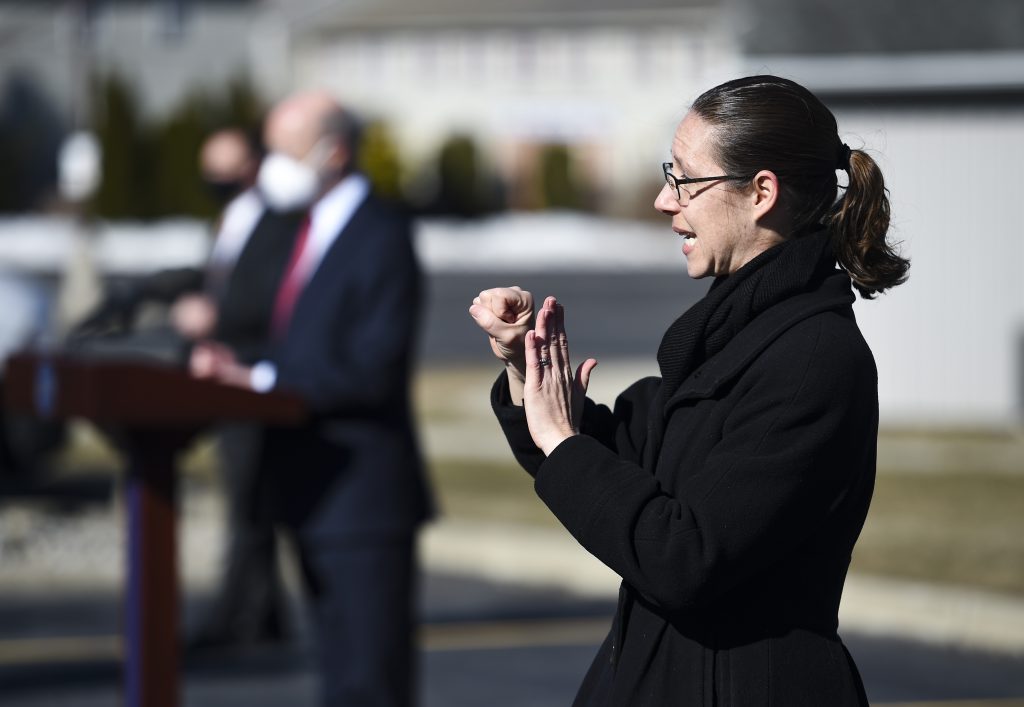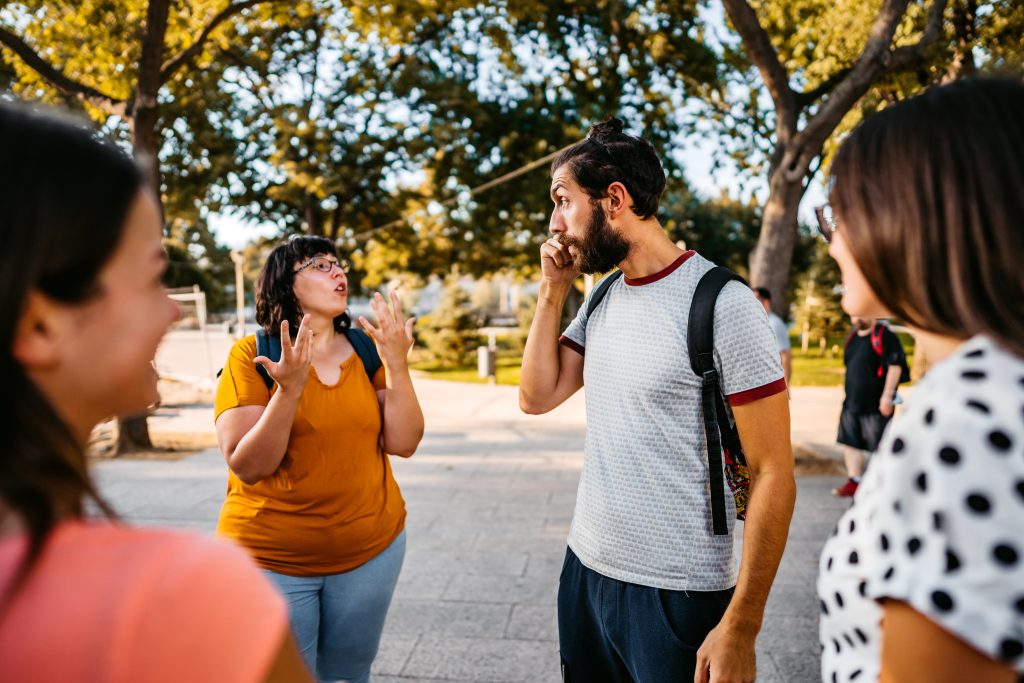How Deaf and Hearing Friends Co-Navigate the World
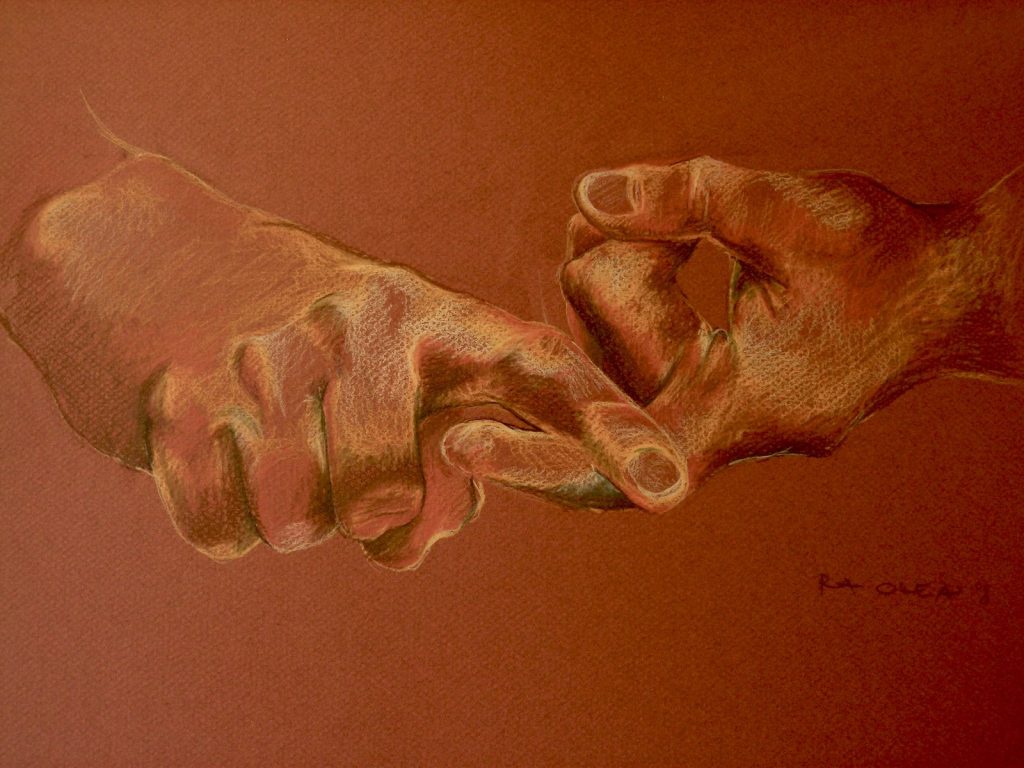
A deaf person goes to a party where most attendees are hearing, bringing along a close hearing friend who knows sign language. At the deaf person’s request, the hearing friend occasionally facilitates interactions with other people at the party.
A hearing signer and his deaf friend spontaneously enter a museum. As they buy their tickets, the museum docent asks if they are interested in joining an upcoming guided tour. The deaf friend glances at her hearing friend, who nods that he would be happy to interpret.
A deaf person invites a pair of deaf friends to dinner with her hearing family, none of whom sign fluently. She clarifies meaning for both parties for the duration of the conversation, alternating between signing, improvised gesture, and some speech.
These are examples of what we call “friendterpreting.” We use this term to describe the times when a hearing or deaf signer steps into a spontaneous, informal, or conversational interaction to play some sort of language-facilitating role with another hearing or deaf friend, usually a signer as well.
Since the passing of the Americans With Disabilities Act in 1990, access for disabled people in the U.S. has increasingly become the norm. Although violations still occur far too often, more organizations and businesses understand their legally mandated responsibility to provide comprehensive accommodations, and they tend to include disability in their diversity, equity, and inclusion initiatives. Although accommodations necessarily take on various forms with different levels of investment—building a ramp is different from providing Braille, for example—such institutional shifts mean it is no longer unusual for deaf people in the U.S. to see American Sign Language (ASL) interpreters on stage for large-scale, formal events or in smaller professional meetings.
But what happens in the interstices, in the everyday situations where a professional interpreter might not be the most pragmatic or appealing choice?
Imagine, for instance, being a deaf college student stumbling into the campus dining hall for breakfast after a late night out. Instead of bringing in your hypothetical on-call interpreter to shadow you everywhere, you might prefer to use other everyday communication strategies, such as gesturing, typing on your phone, or as we explore here, joining forces with your friends.
Friendterpreting falls outside of the realms of professional interpreting and standard institutional-accessibility frameworks—yet it’s a rich and complex part of how many deaf people interact with the world. In more academic contexts, such everyday communicative practices have been referred to as “informal interpreting” or “sign language brokering.”
But our portmanteau emphasizes the affective, relational bonds that make such interactions possible, even enjoyable: deaf and hearing friends partaking in a shared experience together.
The Joys of Friendterpreting
We write as academic collaborators and accomplices—and yes, friends too. As a hearing anthropologist (Tim) and deaf literary scholar (Rachel), we share interests in the politics of deafness, hearingness, language, and communication. Our academic research has led us both to question how language politics and language ideologies shape the opportunities deaf people have for navigating the world in different social, cultural, and historical contexts.
Over the past 30 years, the relationship between deaf people and their interpreters in the U.S. has become more standardized and professionalized, that is, more tied to requests and processes for formal institutional accommodations. The use of ASL interpreters, who are mostly hearing people, does help bridge linguistic and cultural gaps. However, as some observers have correctly noted, mainstream fixations on the public performance of ASL interpreters often takes the spotlight away from the contributions of deaf people themselves and can create other kinds of barriers to inclusion.
Researchers in the fields of linguistics and education have argued that providing ASL interpreters in educational settings might have unintended negative consequences. For example, it might perpetuate language deprivation for some deaf children in public schools or inadvertently disempower deaf academics. And in anthropology, Michele Friedner has shown how the conventions of professional ASL interpreting might conflict with deaf people’s desires for spiritual community and transcendence in religious settings.
Even as we acknowledge the critical importance of formal, legal access to interpreters for deaf people, we also want to expand recognition of how deaf and hearing people already build relationships outside of these formal frameworks. What if access were not an obligation but a form of sociality in and of itself?
Friendterpreting illuminates the complex ways in which deaf and hearing friends navigate an ableist world and their responsibilities toward each other in it. Often it is something more like a “deaf life hack,” a bottom-up decision made in collaboration with a willing hearing accomplice. Like any other complex phenomenon, it holds both promise and peril. It is a “utopian compromise,” as anthropologist E. Mara Green describes in an unpublished essay about informal interpreting in a queer, ASL-using community in Portland, Oregon.
Green, like us, emphasizes the joy to be found in such shared experiences.
One Friendterpreting Vignette
Friendterpreting is something we’ve chosen to undertake together.
Take, for example, a movie night we attended a while ago. Tim had told Rachel about the vibrant community he’d met at his church in Cambridge, Massachusetts, where Rachel had just moved during the first year of the COVID-19 pandemic. Attending church social events without an interpreter had sometimes felt fraught for Rachel in the past, but she wanted to meet Tim’s friends. So, we drove over together, parked, and checked in for the event, where we met, mingled, and conversed with several hearing people from the local community, none of whom knew (much) sign language.
But this hadn’t been the social event’s real beginning.
This event, or our shared participation in it, had really started several days before. When Tim invited Rachel, she knew that no other deaf people attended this church, so there wouldn’t be an ASL interpreter present. She also knew the movie would begin near nightfall, when it would be dark, and that many people would be wearing and speaking through masks, which would make lipreading impossible. So, she asked Tim to mediate, to co-navigate the situation by passing along information when she needed him to, already knowing that he had the signing skills to do so. He assured her that he would.
Friendterpreting complicates—and expands—what access might mean.
Tim wasn’t attending as a professional interpreter, and Rachel wasn’t his deaf client. We were attending as friends, with the primary goal of interacting and enjoying the evening as friends.
On the drive over, Tim asked Rachel if she planned to speak for herself to the other hearing people, if she preferred to sign, or if she was planning to use simultaneous communication (or sim-com, that is, speaking and signing at the same time, even though English and ASL differ grammatically and syntactically). Rachel knew very well how imperfect a compromise speech or sim-com could be, and she told Tim her communication choices might depend on the person and the situation. She also let him know that he should feel free to slip off and say hello to anyone he saw, even without her there. He said that sounded good to him.
We were arranging our communicative choreography in advance, discussing what linguistic modalities we wanted to use. But we were also doing something else: We were signaling our existing bond as friends—our willingness to give each other the freedom to see how the evening went.
We maintained this communicative choreography over the course of the movie night, adjusting and modifying as we went along. A couple of people noticed and attempted to join in on the conversation, sometimes using some elementary signing knowledge. “Oh, I can fingerspell my name for you,” one said. Rachel nodded to her to go ahead. She noticed herself allowing these informal signed exchanges to continue differently and for longer than she would have allowed with a professional interpreter. She wanted to develop an unmediated relationship with these new people, too, even if based only on rudimentary sign.
Other movie night attendees didn’t attempt to “play the signing game” with us. In these cases, Tim stepped into more of a straightforward interpreting role, signing what the hearing people said and voicing for Rachel when she chose to sign. At other points, Tim occasionally joined the conversation—something that would be considered unprofessional for ASL interpreters. With friendterpreting, conversation becomes inherently a bit messier, piecemeal, and participatory.
On the car ride back, we debriefed: What went well? What went wrong? Were there situations in which either of us felt uncomfortable? How would we handle them next time?
“Access” as Relationship
While the movie night was a little more involved than our usual social outings, it was far from the only friendterpreting situation that we have had to negotiate. And we’ll continue to do so, as friends who choose to engage the world together, with our different bodies and ways of sensing and communicating.
Disability access, as recent scholarship and writing has shown, is complicated. [1] [1] See, for example, DeafBlind poet John Lee Clark’s provocatively titled recent essay “Against Access.” As rights and regulations become more formalized, access tends to be provided through increasingly narrow channels. For deaf Americans, this has come to mean the provision of a professionally certified ASL interpreter, whose role is to serve as an objective medium of information, conveying only what is said by others.
But what if pure “objectivity” isn’t always the goal of our linguistic interactions? What if the inherent messiness of social relationships can sometimes take priority over complying with formal models of access?
Friendterpreting complicates—and expands—what access might mean. By calling for intimacy and accountability between hearing and deaf friends, it highlights how both parties benefit from co-creating an experience that would be significantly less enjoyable without the contributions and presence of the other.
Readers should not read this essay as an argument against mandating formal access for deaf and other disabled people. On the contrary, we believe accessibility is an imperative for any kind of meaningful social justice engagement. But we invite readers to think broadly about access beyond static institutional-accessibility frameworks to consider the multifaceted forms it might take and the complications those forms may entail.
As our experience teaches us, access is not a fixed provision or a formal box to be checked. It is a dynamic process that emerges in daily life in the relational spaces between people.

